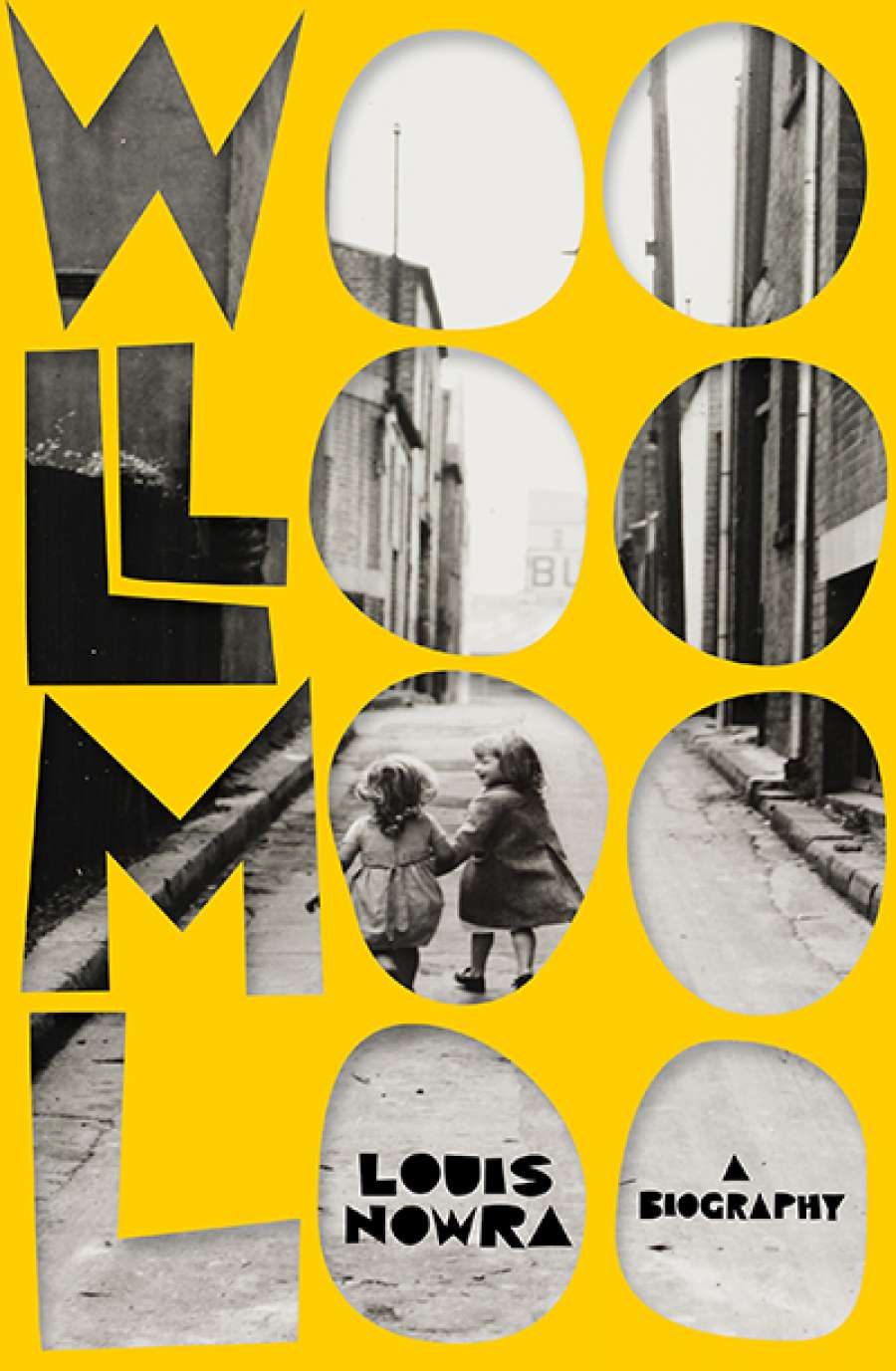
- Free Article: No
- Contents Category: Literary Studies
- Custom Article Title: Nicole Abadee reviews 'Woolloomooloo: A biography' by Louis Nowra
- Custom Highlight Text:
In his most recent book, Woolloomooloo: A biography, author and playwright Louis Nowra sets out to discover why the word ‘Woolloomooloo’ is still ‘a shorthand for notoriety ...
- Book 1 Title: Woolloomooloo
- Book 1 Subtitle: A Biography
- Book 1 Biblio: NewSouth Publishing $34.99 pb, 346 pp, 9781742234953
Nowra, who lives on the border of Woolloomooloo and Kings Cross, developed a personal interest in the former (he has already written about the latter in Kings Cross: A biography [2013]) due to his association with the Old Fitzroy Hotel, which he stumbled upon eight years ago while out walking his beloved Chihuahua, Coco. Since then he has been a regular, and his interest in the pub’s history prompted him to learn more about the history of the suburb. The Old Fitzroy, he explains, is ‘a living portal into Woolloomooloo’s past and present’. When it opened, in the 1860s, pubs played an essential role in the community as the ‘hub[s] of social life’; there were no other entertainment venues. Nowra argues that the Old Fitzroy plays the same role today. It is also, he says, a symbol of the area’s ‘flawed and fascinating character’. In a sense, given its central role, the Old Fitzroy is the main character in this story, with chapters lovingly devoted to its history, customers, and staff.
The chapters about the regulars, known as the ‘Motley Crew’, a ragtag group which includes a house painter, a sculptor, an ex-male model doing a PhD in robotics, and a debt collector, are particularly entertaining. Nowra has a sharp eye for telling detail; he is a self-confessed admirer of Chaucer’s The Canterbury Tales. His vivid, empathetic portrayals of this group of people from all walks of life owes something to that work. It is clear that Nowra has a deep affection for these locals, many of whom are quite unforgettable, such as Chemical Frank, the pharmacist turned meth chemist, Ayesha, the glamorous, seventy-year-old drag queen famous for her flamboyant outfits, and the kind-hearted Woolley, who leads Nowra to places and people he would never have otherwise discovered (earning for himself the epithet ‘Virgil’ from Nowra).
What is striking is that, despite the fact that most of these people have had dysfunctional childhoods and run-ins with the law, many of them are whip-smart. Conversations range from the esoteric (Byzantine art) to the deeply philosophical (Kierkegaard), and everything in between. Most are autodidacts with a deep thirst for knowledge. That includes Nowra himself, who grew up on a Housing Commission estate in a house with no books and parents who on occasion threatened to kill him, and might explain why he feels so at home in their company.
Perhaps the most important thing that Nowra learns is that Woolloomooloo is a place of inherent contradictions. One obvious illustration is the juxtaposition of the ugliness of much of the urban environment with the ‘pockets of beauty and charm and small enclaves redolent of the past’ Nowra discovers as he wanders the streets. He finds verdant courtyards and secret gardens, and lovingly restored terraces side-by-side with the derelict houses for which the suburb is better known. ‘Unless you know where to look,’ he observes, ‘Woolloomooloo’s beauty is unseen.’
He points also to the stark contrast between the rich history of the Finger Wharf and how it looks today. It is difficult to reconcile its history as a working wharf, where wharfies struggled under brutal working conditions, with its reincarnation in the 1990s as an uber-glamorous destination, complete with exclusive apartments, fancy restaurants, and a stylish hotel. A former wharfie tells Nowra that ‘if those bludgers only saw the filth and the rats we had to deal with, they’d be sick’. Nowra sees the Finger Wharf today as ‘a quarantine station for the wealthy, preventing them being contaminated by what lies on the shore’.
 Finger Wharf at Woolloomooloo (Wikimedia Commons)
Finger Wharf at Woolloomooloo (Wikimedia Commons)
Perhaps the most profound juxtaposition is between the drugs, violence, illegal gambling, and prostitution for which Woolloomooloo is renowned and the many kind people Nowra encounters. He concedes that ‘this is a place of ... criminals, drug dealers ... addicts ... and the underclass’, but points to the fact that it is also a tightknit community, where ‘acts of ... kindness and charity towards the less fortunate [were] common’. The best example of this is Nowra’s erstwhile companion, Woolley, who helps anyone in need, filling in forms, tending to the ill and making medical appointments.
Nowra has painted a compelling portrait of Woolloomooloo, showing a side to the suburb not seen before – a place with beauty for those with the patience to look for it, and a tight community where people look out for one another. There is a handy map at the beginning of the book – perhaps Woolloomooloo might expect an influx of flâneurs.


Comments powered by CComment